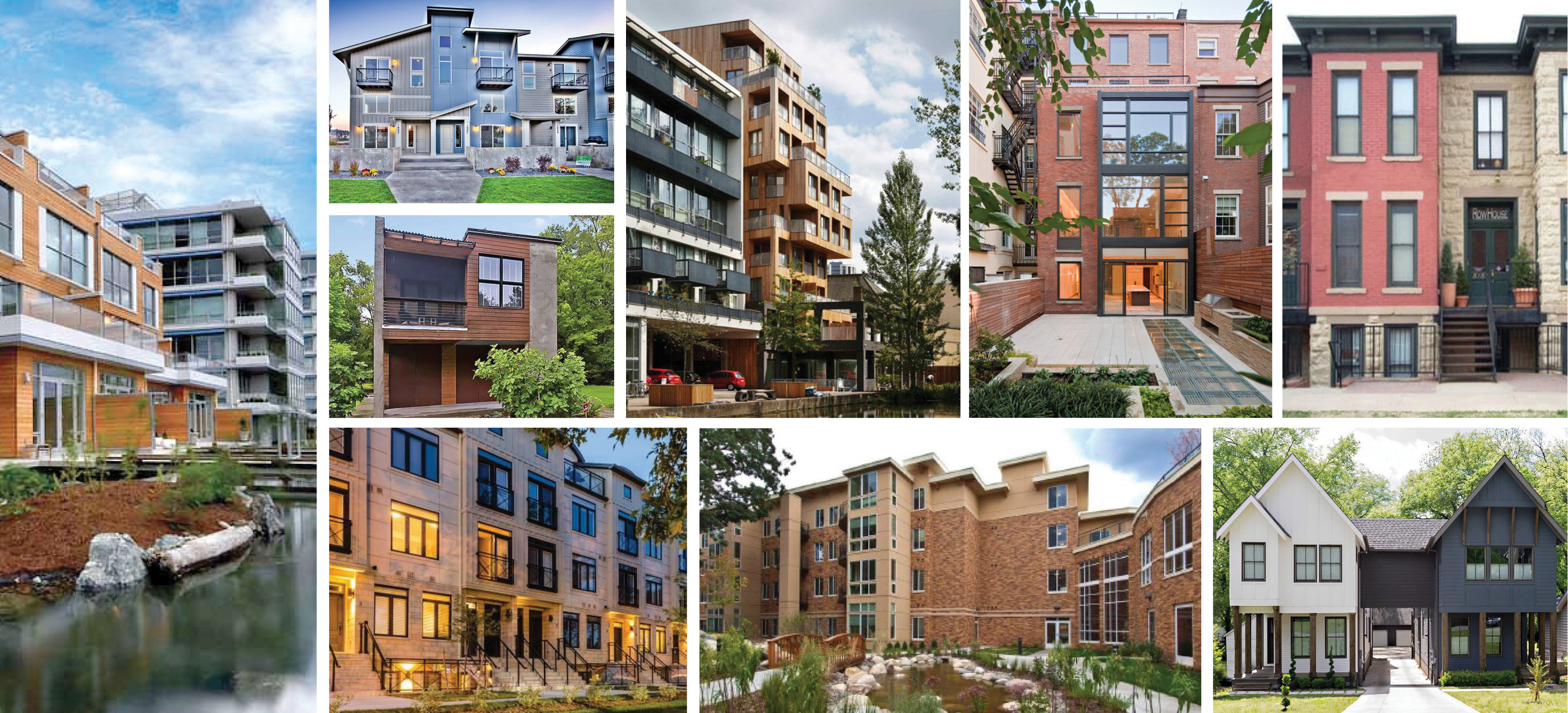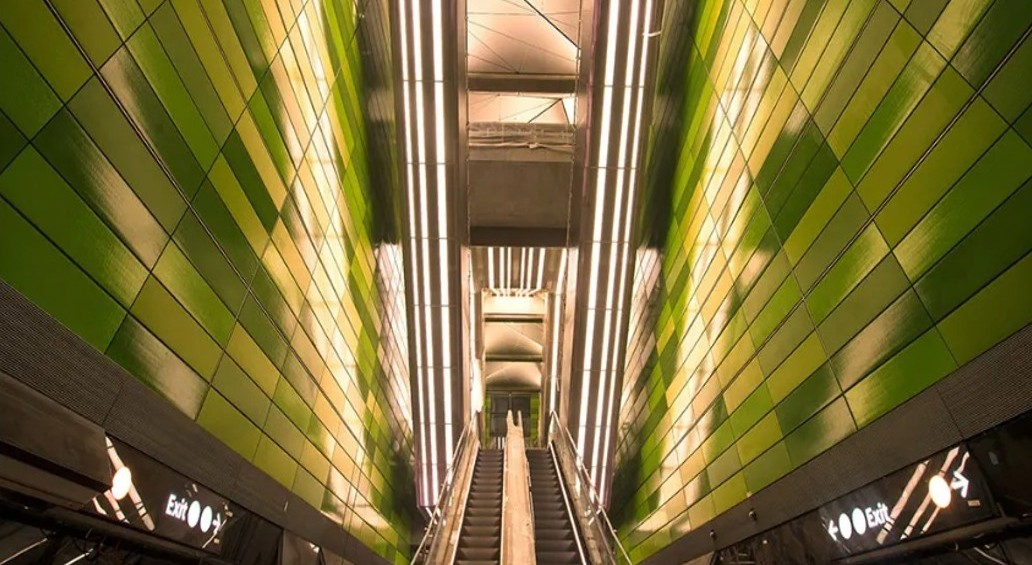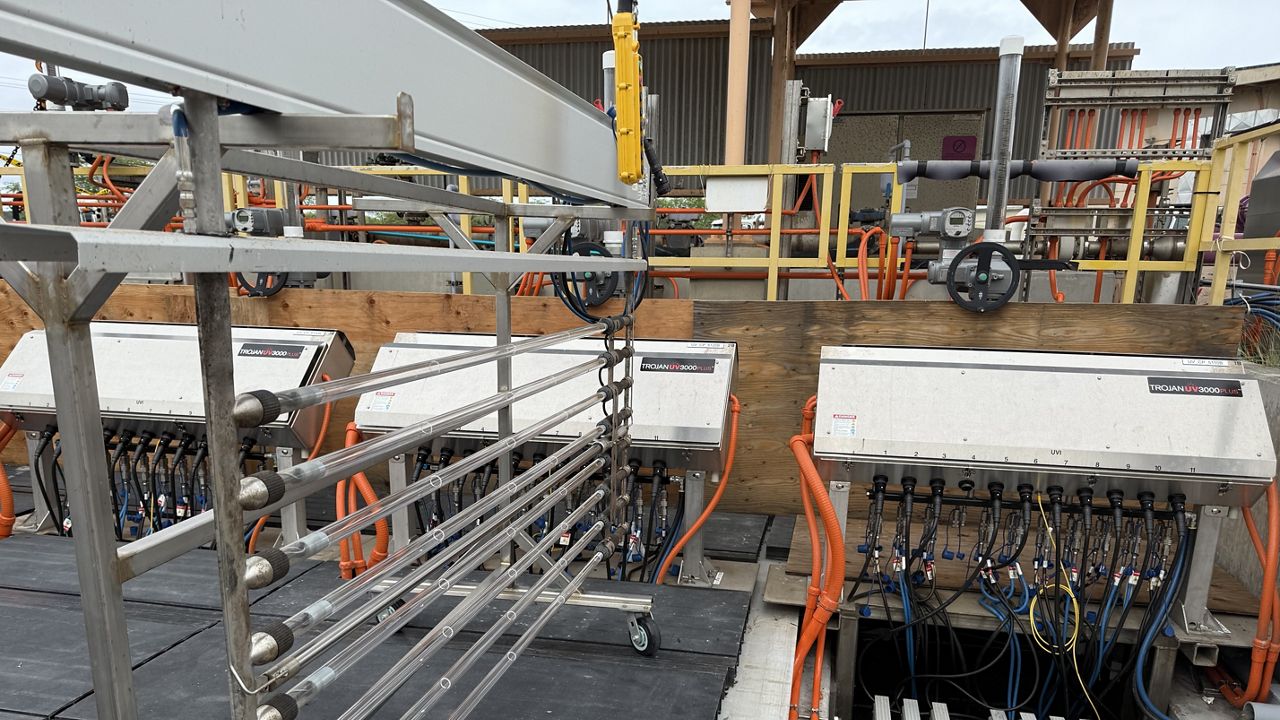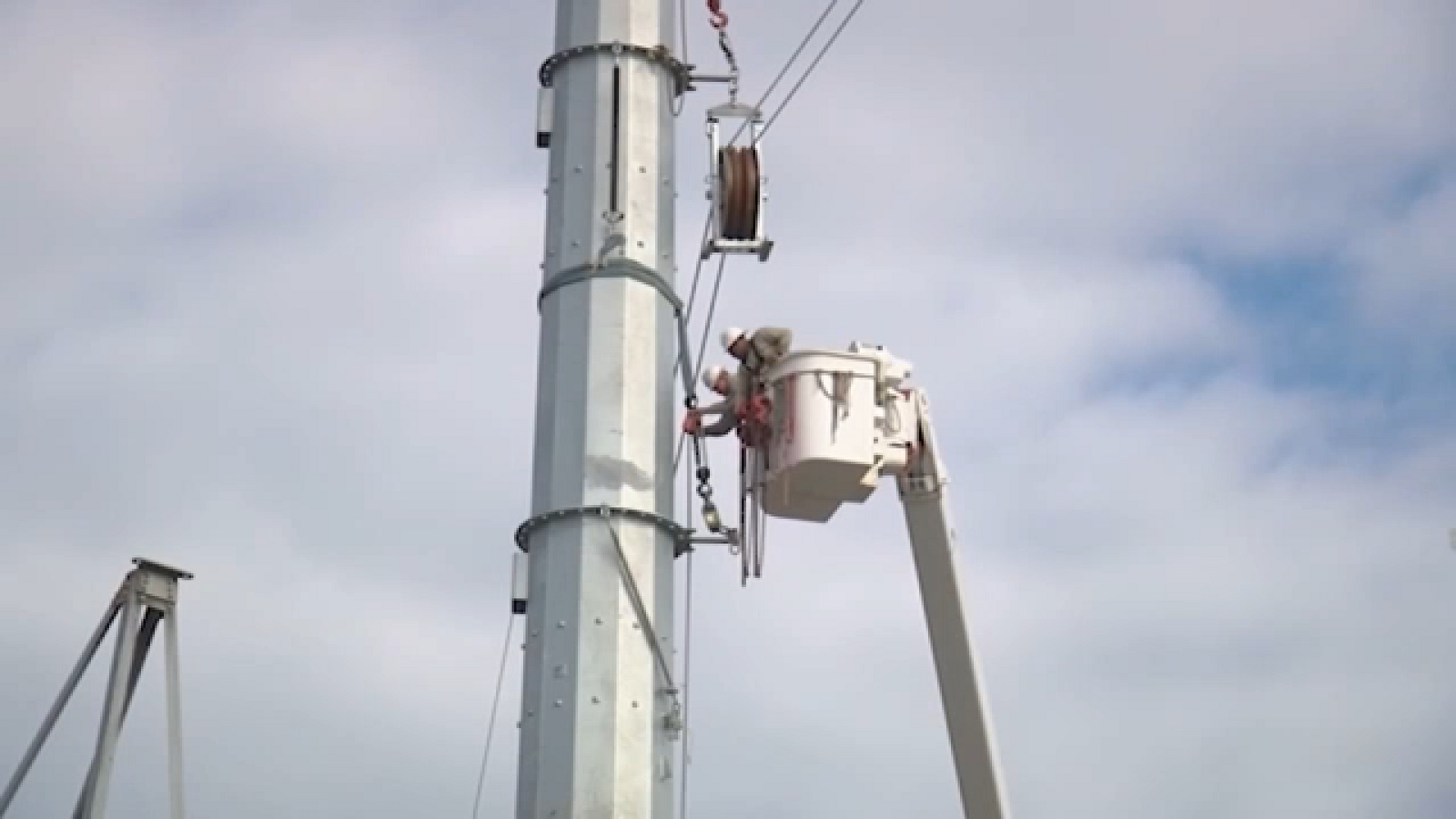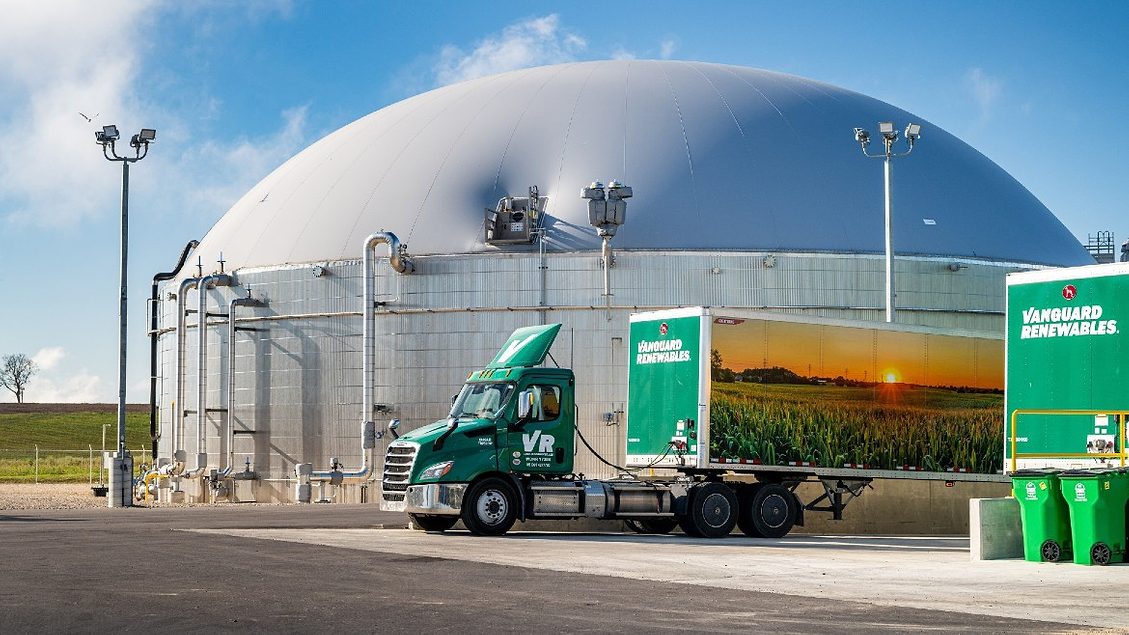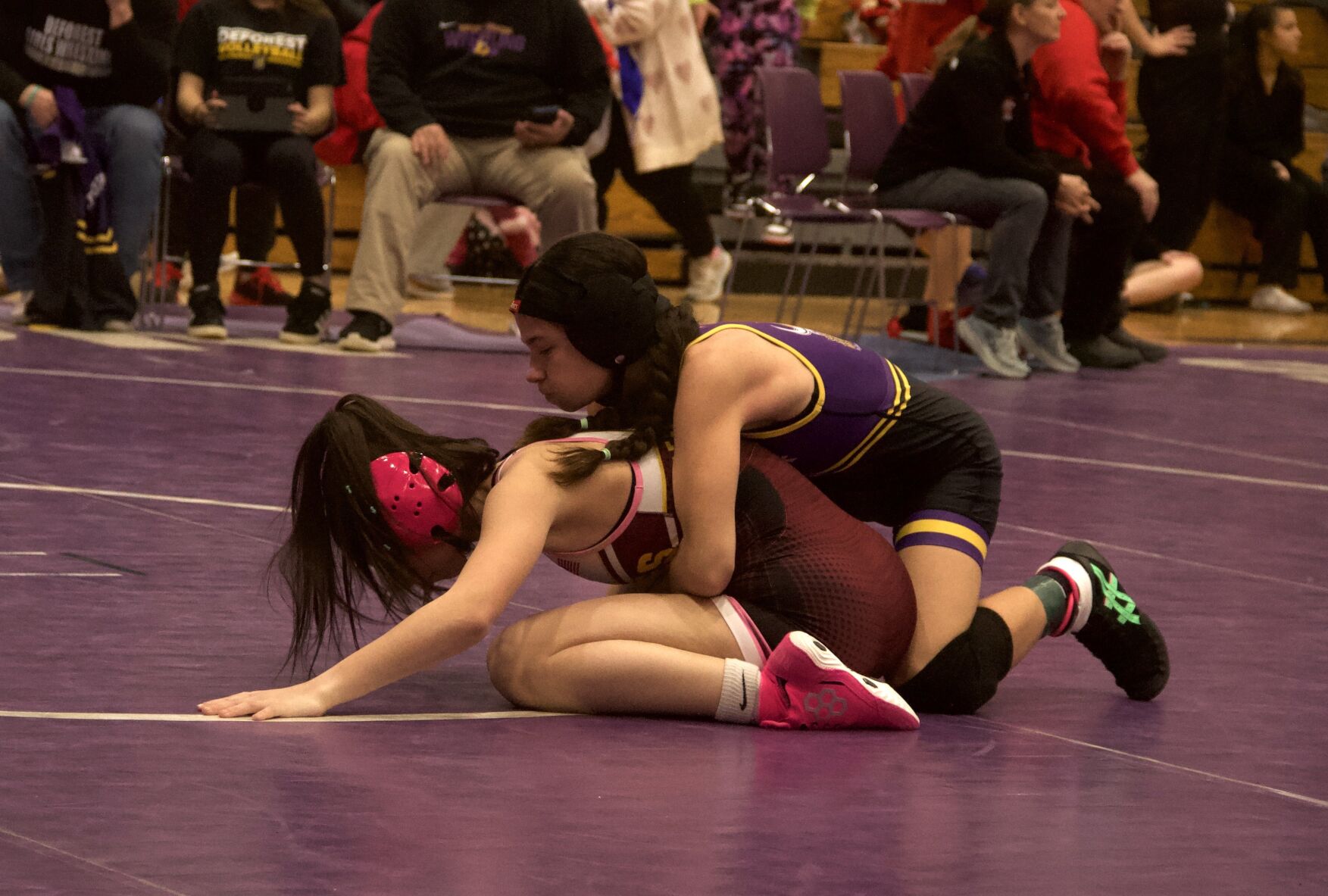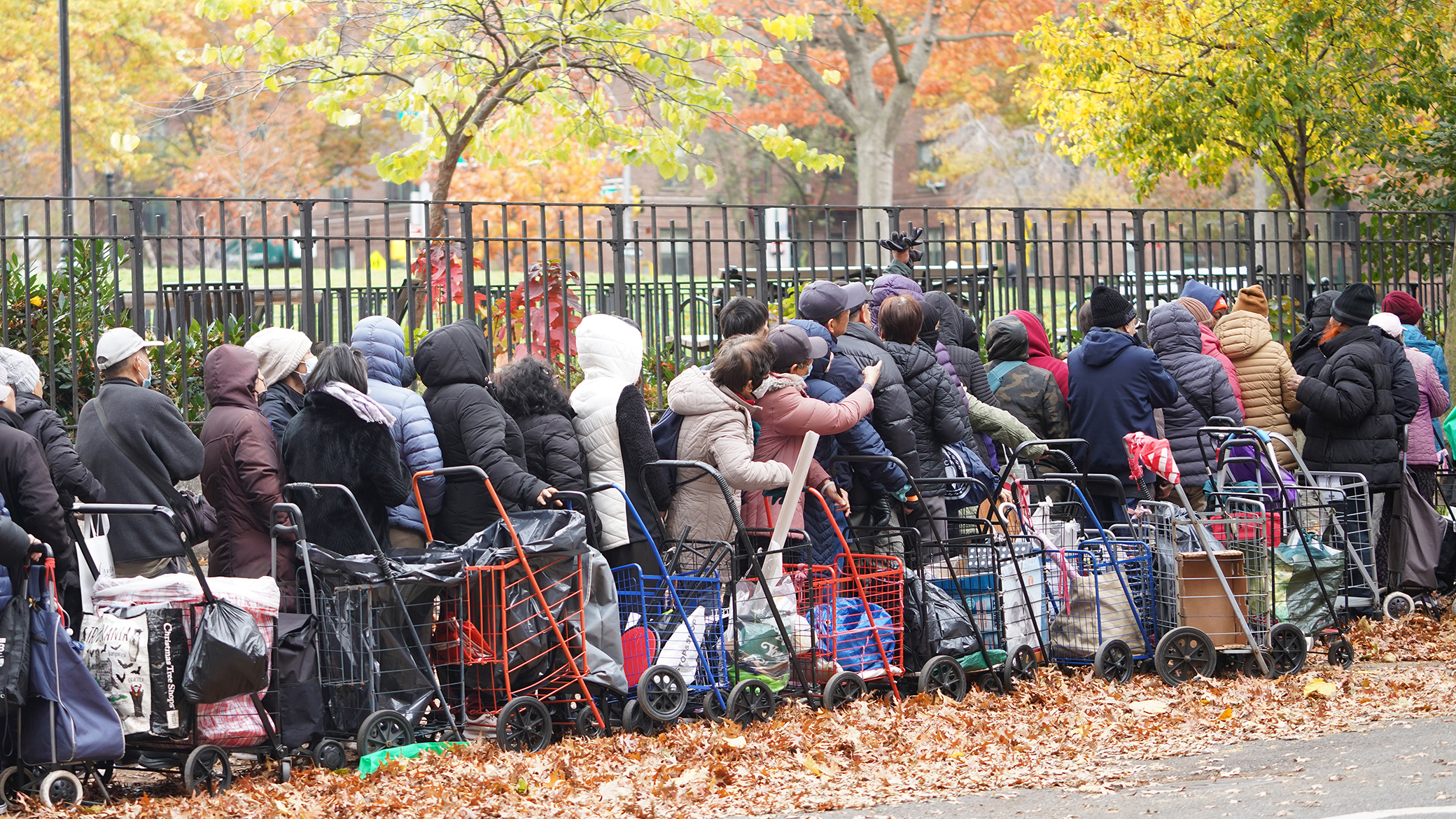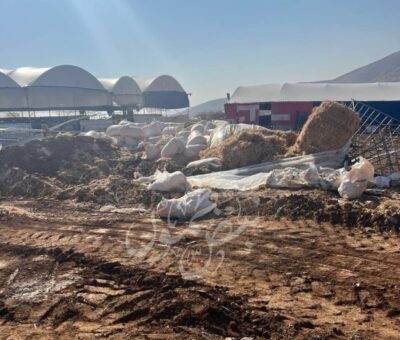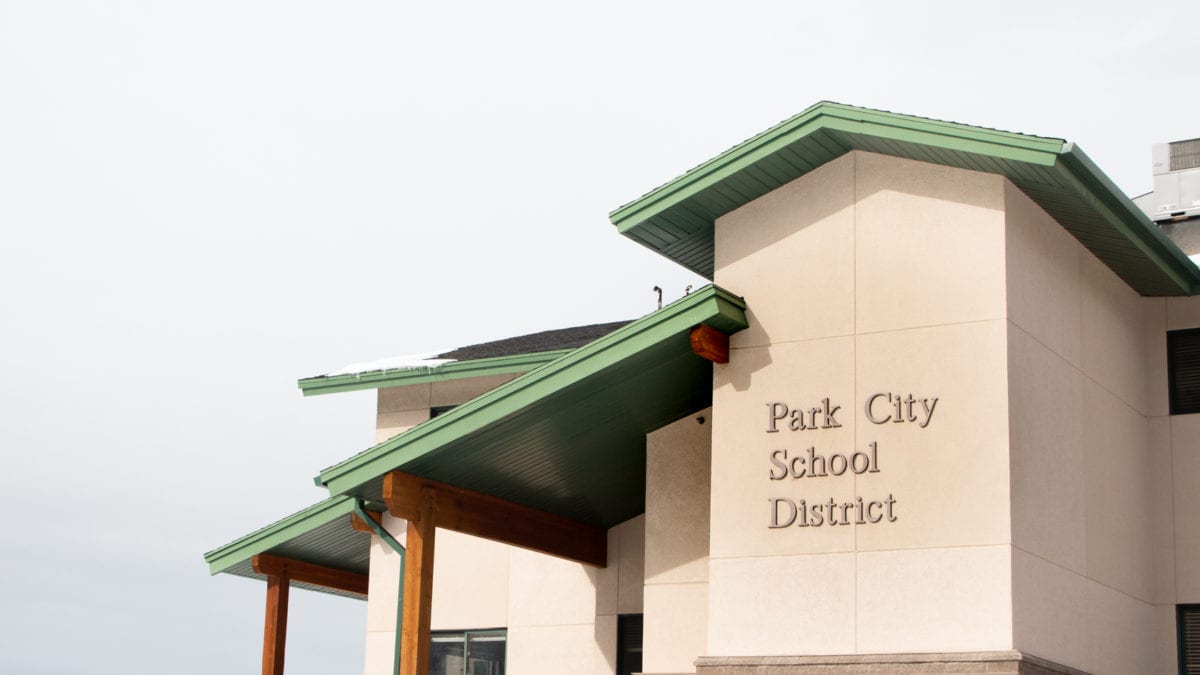OPINION | EDUCATION IN THE TIME OF HEATWAVES… and BEYOND

10 years ago, during my time as student, typhoons and floods were one major reasons for cancellation of classes. Heat waves are something naive to hear as the reason to cancel classes, however earlier than this, covid-19 changed and made the department of education being caught off-guard. Are we learning from these experiences?
Both the pandemic and heat times are waving the academic performance of the students resulting in learning loss. These major crises exacerbate the social and educational aspect of our nation and widening the gap that the children should learn.
The Philippines, an archipelagic country located in Southeast Asia, and sits at the pacific ring of fire, is characterized as a tropical maritime climate, and vulnerable to disasters like earthquake and typhoons. Philippines experiences two primary seasons: a wet season from June to November, when the island faces the brunt of typhoons and heavy rains, and dry season from December to May (PAGASA, 2024), which is divided into cool dry season and the hot dry season. The hot dry season, particularly from March to May (PAGASA, 2024), is when heat waves are most likely to be experienced. However, with the advent of global climate change, the country is experiencing an increase in temperature extremes. Although heatwaves are not traditionally common in the country, human activities are able to shift the planet's warming and the urban heat island effect, where urban areas become significantly warmer than the rural counterparts (PAGASA, 2024).
Heatwaves bring a cascade of challenges to educational settings, particularly affecting physical classrooms, the health of students, and staff. As temperatures rise significantly, classrooms can get too hot, particularly in regions lacking sufficient cooling equipment. In addition to making it harder for students to focus and interact, the high temperature makes the learning environment less safe and poses serious health risks. Students, teachers, and staff may get dehydration, heat exhaustion, and heatstroke, and high temperatures and humidity can make these situations worse. Due to these health problems and the chance that students will not be able to think as clearly, school officials have to stop classes to make sure everyone is safe.
To switch to online learning tools, we need to get past some technical, educational, and logistical problems. Schools have to make sure that both teachers and students have the right hardware and internet connection, which can be hard to do in places where digital technology isn't readily available. When it comes to technology, schools need strong platforms that can handle all of their dynamic and different needs. However, making or buying these platforms can be expensive and difficult. Teachers have to change the way they teach in order to keep students interested in a virtual setting, which can be very different from interacting with students in person. Concerns have also been raised about keeping educational standards high and accurately judging student success during this change.
Opportunities and Benefits
Even with these problems, there are some good things about online learning. It gives students more scheduling options, lets them learn at their own pace, and works with all kinds of learning styles. Another big benefit is that students from remote or underserved areas can now get high-quality learning materials that they couldn't get before. Online learning is also digital, which makes it easier to include climate education in the lessons. For example, real-time data and virtual simulations can be used to help students learn more about climate problems and how to care for the environment.
Long-term Educational Strategies
To create a strong school system that can handle disruptions caused by climate change, it is necessary to have a broad plan that includes improving facilities, changing policies, and involving the community. As part of improving infrastructure, green buildings and renewable energy sources could be bought to make learning spaces that are more relaxed and last longer. Policy changes could include climate resilience in plans for education, making sure that schools are ready for how climate change will affect them. To do this, teachers might need to make their lessons more adaptable so they can be changed quickly, like switching to online learning during bad weather. Parents, teachers, and students should all be involved in the planning process to make sure that the solutions fit the wants and abilities of the community. This will help build support for the changes. Participating in local communities can also help people feel like they own and are responsible for the world and the school system.
What is Your Reaction?
 Like
1
Like
1
 Dislike
0
Dislike
0
 Love
0
Love
0
 Funny
0
Funny
0
 Angry
0
Angry
0
 Sad
0
Sad
0
 Wow
0
Wow
0

